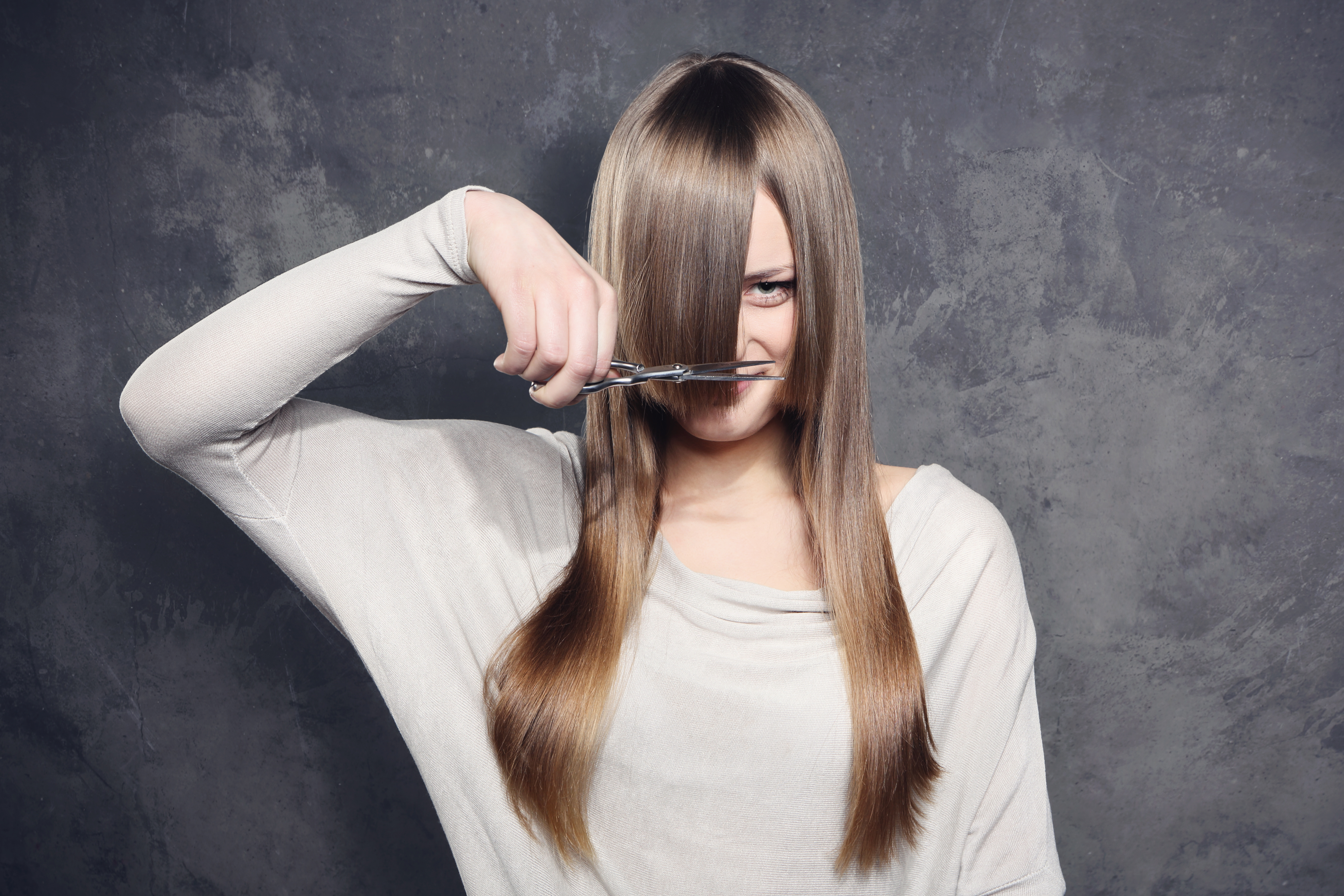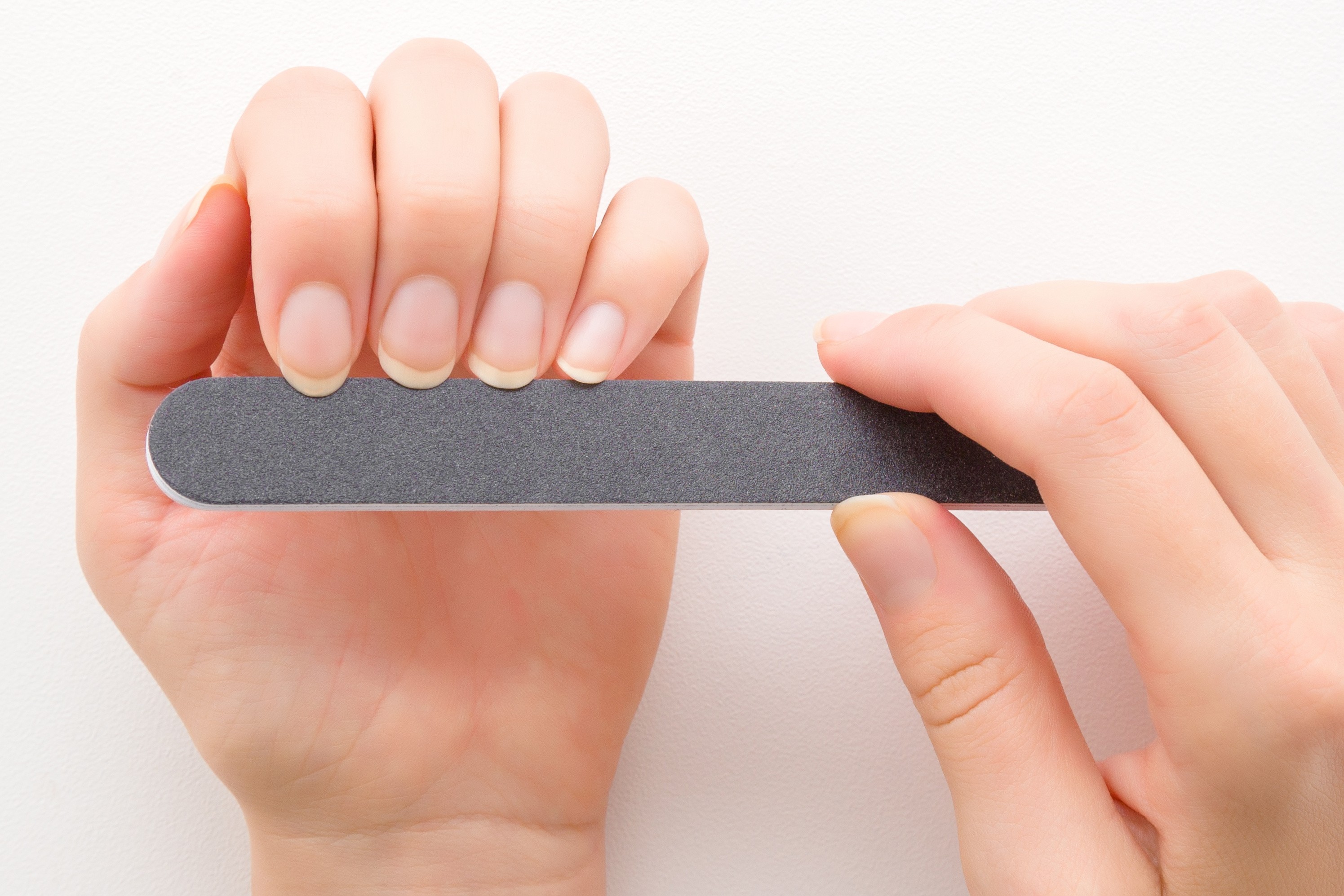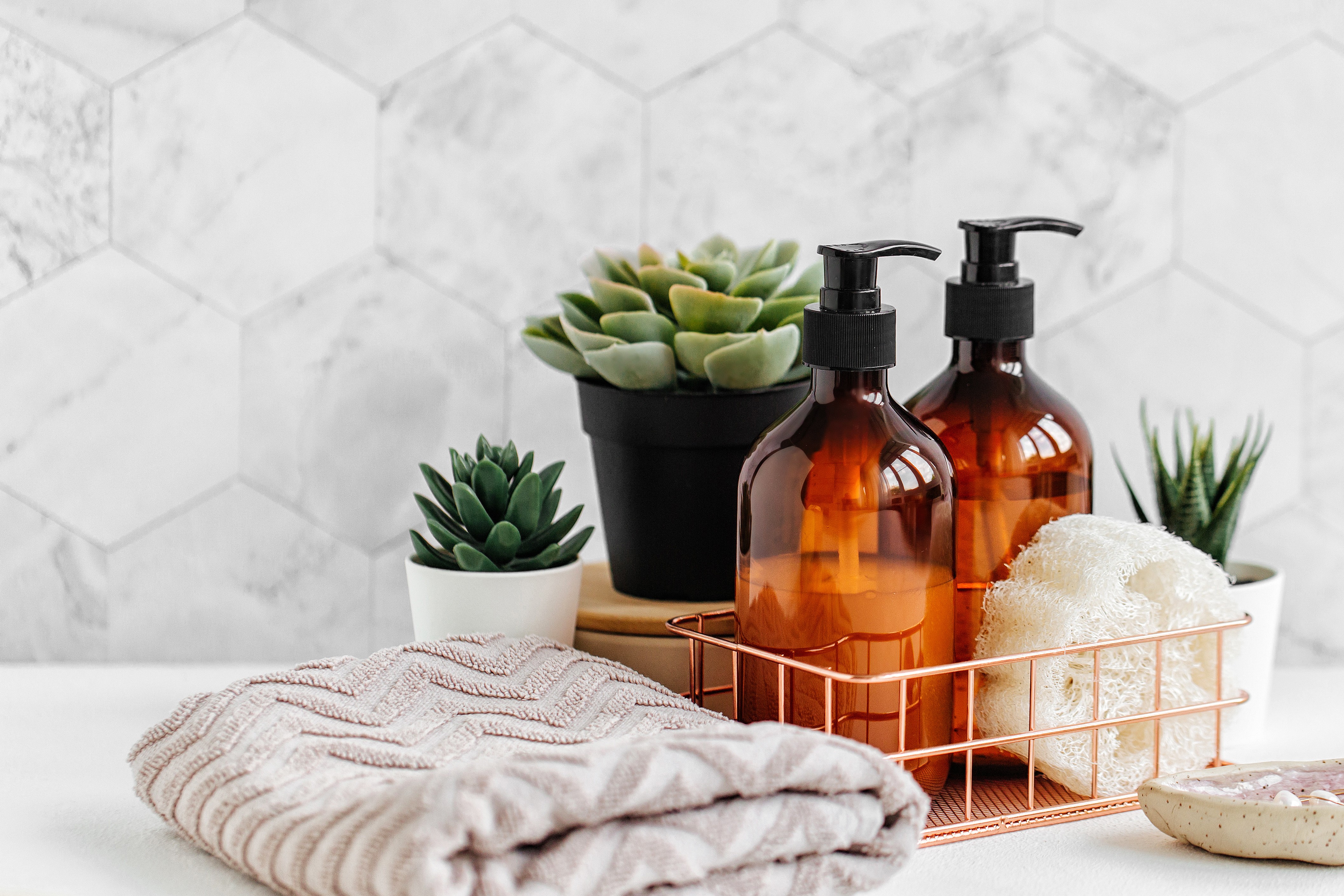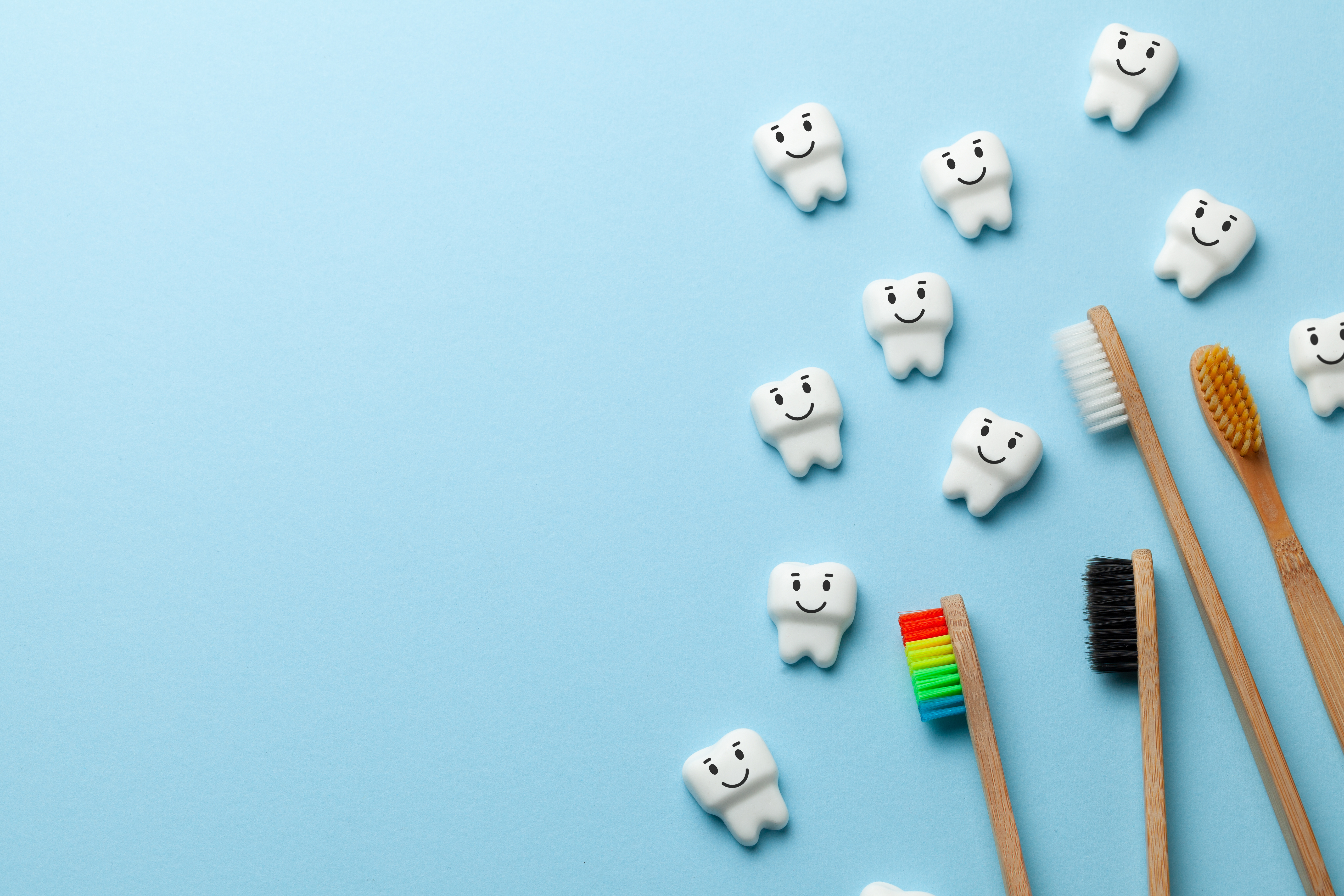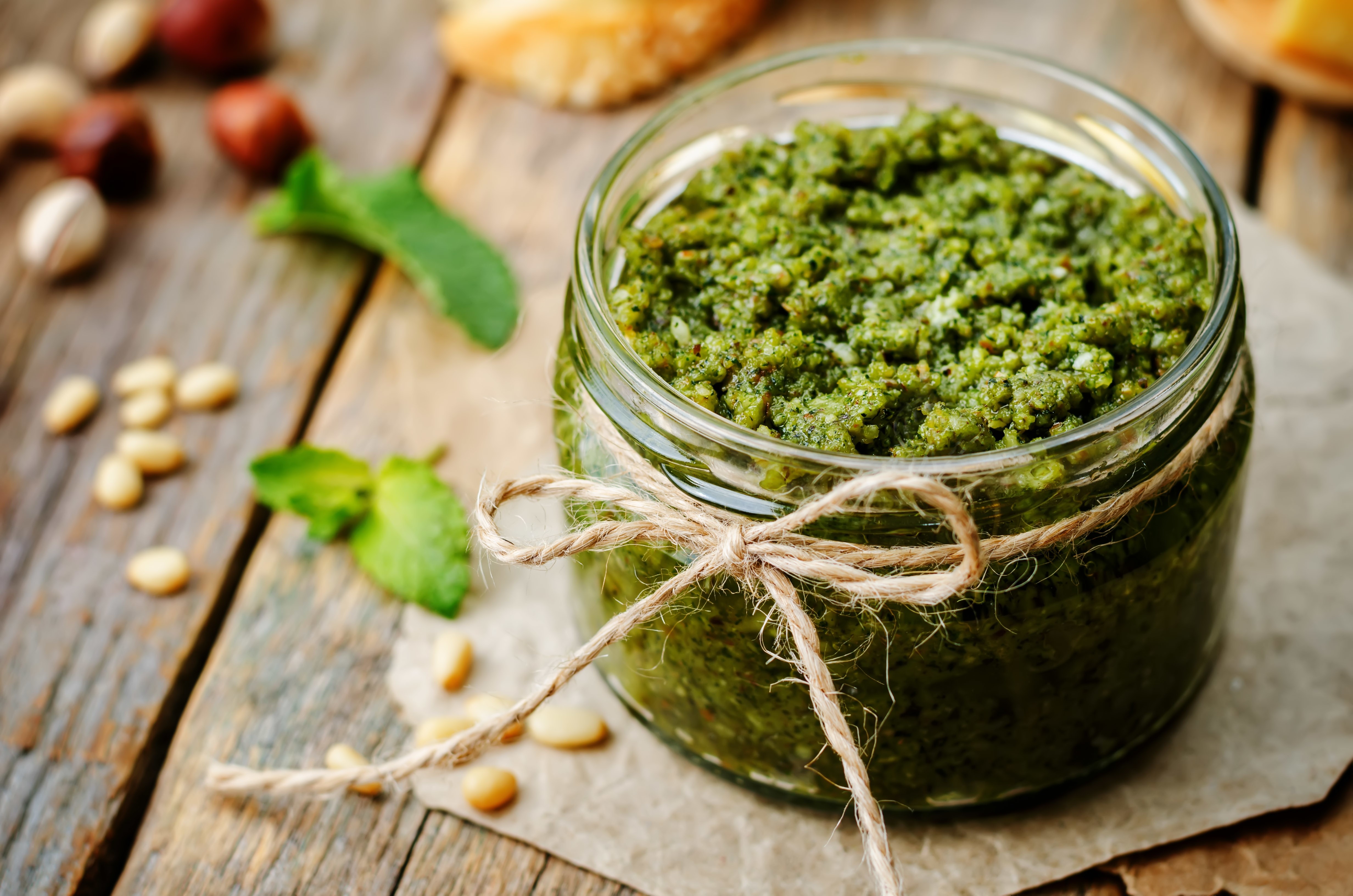DIY deodorant
Did you know that deodorant can be one of the most unhealthy skin care products in your bathroom? Have you ever read the ingredients list on your deodorant stick? No? Then you should definitely go and do it! Most of the time, more than 20 questionable and unhealthy substances are contained in such a small deodorant roller. All of these ingredients clog pores and make it difficult for the body to detoxify. Of course, there are very good organic alternatives on the market.
Here is an easy way to make your own deodorant from water, baking soda and cornstarch. You can then add various essential oils according to your personal preferences.
Do you prefer to use a deodorant cream? No problem either! Here is a simple guide with shea and cocoa butter. Heat up the ingredients and then pour them into small baking molds. In addition, you already have another nice gift for your friends.


